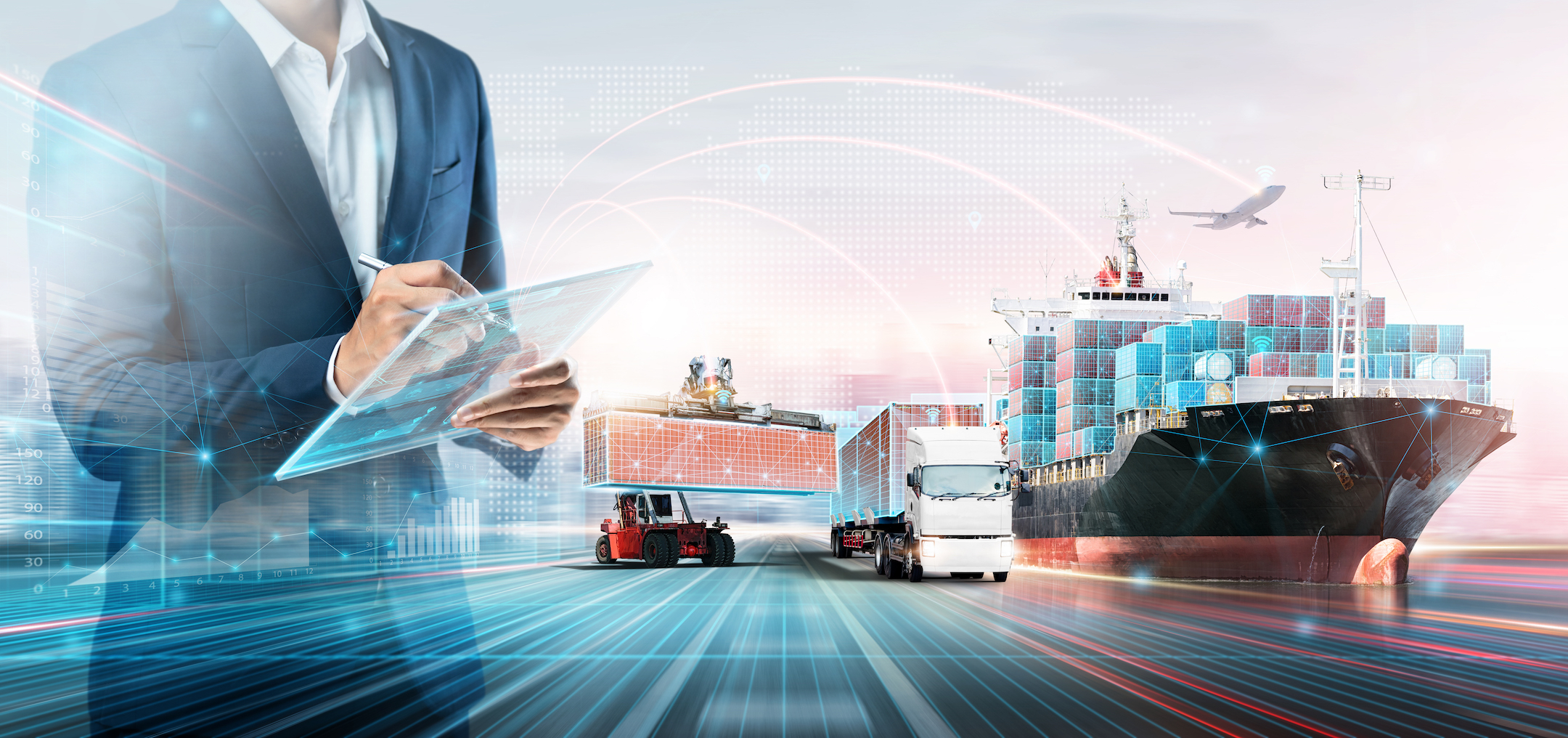Equipment Data Processing for Business Logistics
Computer vision has emerged as a powerful tool for data processing in recent years, with a wide range of applications across various industries. One such application is equipment monitoring and data tracking. Hardware and software systems are used to collect, store, analyze, and manage data related to the movement and status of physical assets, such as vehicles, equipment, and inventory. In this way, companies have the ability to monitor performance and detect potential issues.
Another reason the use of computer vision in equipment data processing for business logistics is becoming increasingly popular is due to its ability to provide real-time insights as part of a system. Here are some key benefits of computer vision.
Equipment Tracking and Monitoring
Companies can use computer vision technology to track and monitor the movement and status of equipment throughout a supply chain or logistics network. By analyzing video footage, machines can automatically track the location, speed, and condition of vehicles and other equipment.
This helps companies to optimize asset utilization, reduce downtime, and ensure that equipment is being used in the most effective way possible. For example, a seaport can use computer vision technology to track and monitor the movement and status of cargo ships, cranes, and other equipment in real-time. This can help seaports to keep track of incoming and outgoing vessels, optimize loading and unloading times, and improve overall logistics efficiency.
Quality Control
In manufacturing and distribution facilities, computer vision technology is utilized to automate the quality control process. By automating this task, computer vision can swiftly and accurately identify defects, deviations from set standards, and other factors that may impact the quality of products. This, in turn, helps companies maintain a consistent standard of quality, reduce waste, and minimize the amount of returns or recalls. For example, the average returned item costs a company roughly 66% of the item’s original cost in addition to the cost of the item. However, by using computer vision, a manufacturer can automatically identify defective products and remove them from the production line before they reach the packing phase.
Automating this task can also help companies minimize the manual labor required and the risk of human error. This saves significant time and money while ensuring that operations are efficient and effective.
Predictive Maintenance
Another valuable application of computer vision is the predictive maintenance of equipment. By using advanced algorithms and patterns, anomalies can be automatically detected that may indicate a piece of equipment is at risk of malfunctioning. For instance, Lunar Eye can identify and track changes in temperature, vibration, or sound patterns that may signify wear and tear or potential failure. Likewise, visual data changes such as cracks, rust, or other indicators of damage can also be quickly detected using computer vision. This information helps customize maintenance schedules, reduce the risk of unexpected downtime, and extend the lifespan of the equipment.
Making Data-Driven Decisions in Real-Time
One vital benefit of computer vision in equipment data processing for business logistics is its ability to provide real-time insights. These systems enable organizations to make data-driven decisions about business operations as they happen. Instead of waiting to collect and process data after the fact, companies can collect and analyze data in real-time, allowing them to quickly identify performance issues, optimize their operations, respond to emerging trends and risks, and make more informed on-the-spot business decisions.
For example, a shipping company could use computer vision to monitor cargo loading and unloading in real-time. The system could detect delays or bottlenecks in the process, allowing the company to adjust its workflow and minimize wait times. Not only does the ability to use real-time data save time and money, but also reduce the risk of cargo damage and keep customers happy with faster turnarounds. By providing context-aware information about how the assets are moving, these technologies can help companies improve efficiency and make better, faster decisions that are based on real-time data.
Improve Customer Experience
Finally, Lunar Eye ability in collecting and processing all that data can help companies improve the customer experience. By providing real-time tracking and monitoring of equipment and assets, companies can provide customers with up-to-the-minute information about delivery schedules, inventory levels, and product quality.
This component is vital to a company’s success because it’s estimated that 73% of U.S. consumers believe customer experience is a very important factor in their purchasing decision. Even if they love a company or product, 59% will still walk away after several bad experiences and 17% will walk away after just one bad experience. By avoiding these costly mistakes, computer vision can help companies increase customer satisfaction and build stronger customer relationships.
It’s evident that computer vision is a powerful tool that has the potential to revolutionize the way that companies manage their equipment and logistics operations. By enabling real-time tracking and monitoring, automating quality control, enabling predictive maintenance, the benefit of adding computer vision can help companies reduce costs, improve efficiency, and increase customer satisfaction. As computer vision technology continues to evolve, we will likely see even more innovative applications of this technology in the future.
Leverage the power of Lunar Eye’s equipment maintenance capability and stay at the forefront of industry developments. Get an edge over your competition and maximize your success by scheduling a free demo today!
